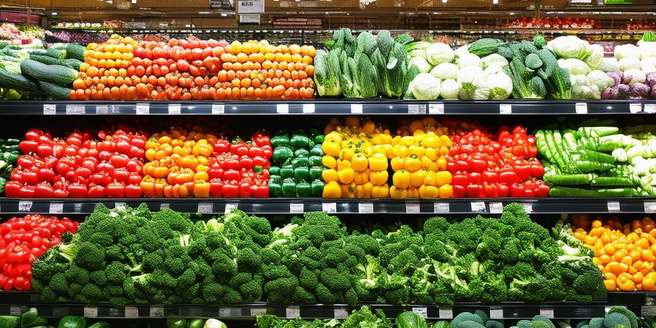Understanding SNAP: The Basics and Its Role
The Supplemental Nutrition Assistance Program (SNAP) has been a fundamental pillar in the efforts of the Government to provide food security to low-income households. The program, launched in the 1960s, has constantly evolved, adapting to the needs of families in different economic situations. Furthermore, it has witnessed numerous policy changes geared towards efficiency and inclusivity. The aim is to alleviate food insecurity and support a healthy lifestyle for those lacking resources. Through monthly benefits, SNAP allows beneficiaries to purchase nutritious food items. It is designed to promote the welfare of our society’s underprivileged, contributing significantly to the nation’s social safety net.
How SNAP Contributes to the Fight Against Poverty
The Supplemental Nutrition Assistance Program (SNAP) is a vital tool against impoverishment, providing millions of households with funds to purchase nutritious food. It significantly improves the health and well-being of individuals who might otherwise have to opt for less nutritious options due to financial constraints. However, SNAP does more than just promote nutritional access, it provides economic relief to families enduring severe financial struggles. This essential financial support lifts numerous families above the poverty line, contributing to a noticeable decrease in poverty rates. Therefore, it’s clear that SNAP plays a vital role in counteracting the burdens of impoverishment faced by many families.
The Impact of SNAP on Recipients’ Lives: Personal Stories
For many, SNAP is more than just a program – it’s a lifeline. Families report being able to feed their children healthy meals, a task they struggled with before the intervention of the SNAP program. Thanks to SNAP, nutritious food is no longer a privilege, but instead a fundamental right in their households. This underscores the pressing issue of food insecurity in many American households. Older adults can manage to supplement fixed incomes to afford basic necessities. The program indeed has a transformative impact on its participants’ lives, bringing a semblance of financial stability and enabling better outcomes in health and education.
SNAP and Children: Nurturing the Next Generation
The Supplemental Nutrition Assistance Program, known as SNAP, guarantees essential nutrition for growing children, ensuring their healthy development. Not only does SNAP provide nutritious meals to children that need it most, but it also helps alleviate financial stress associated with meal planning within households. A multitude of studies affirm that children from SNAP-enriched households generally outperform academically, pointing to the significant role of consistent meals in concentration and school performance. Furthermore, the manifold benefits of SNAP extend into adulthood, with long-term studies indicating fewer health complications for those raised on SNAP nutritional support. This early nutritious diet, facilitated by SNAP, cultivates healthy eating habits, contributing to a healthier population and lessening the burden on the health system.
Addressing Criticisms of SNAP and Clarifying Misconceptions
Many people incorrectly understand the Supplemental Nutrition Assistance Program (SNAP), unfairly stigmatizing those who rely on the program for nutritional needs. It’s essential to grasp the program’s aim and importance in dispelling discrimination and biased perspectives about its beneficiaries. SNAP not only provides immediate relief for recipients but also stimulates economic growth. Each dollar invested into SNAP creates approximately $1.79 in economic transactions, displaying its broader economic benefits. The flawed view that SNAP leads to long-term dependency is untrue as most recipients use it as temporary financial support, contradicting the ‘dependant’ stereotype. In fact, numerous households turn to SNAP as a short-term solution during financial challenges, showcasing its crucial role in providing immediate help and cultivating resilience in families. Thus, the idea of SNAP fostering dependency is largely based on misunderstandings that fuel bias against its beneficiaries.
How You Can Get Involved: Supporting SNAP and Other Anti-Poverty Measures
Supporting the Supplemental Nutrition Assistance Program (SNAP) requires a multifaceted approach, including spreading awareness of its benefits through various platforms, debunking myths, and promoting pro-SNAP policies. This can manifest in us lobbying lawmakers or voting for politicians who support SNAP.
We can also offer our time to local food banks dealing with food insecurity, allowing us to see firsthand the impact of SNAP. In the fight against poverty, SNAP’s role is vital, and every small act of support makes a significant difference. It’s a united effort towards a society where everyone can access healthful, nutritious food.



